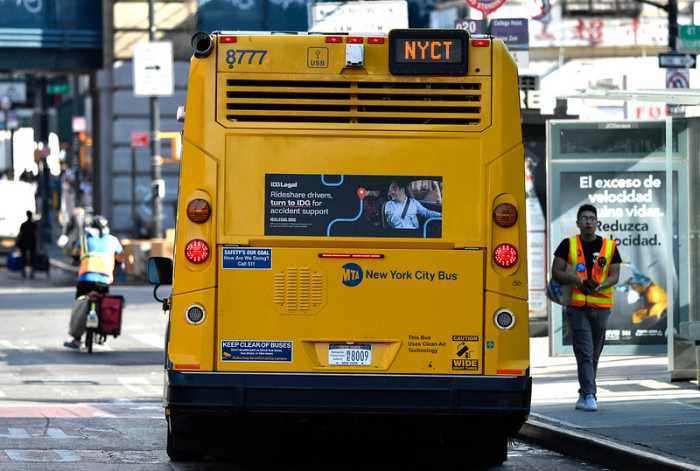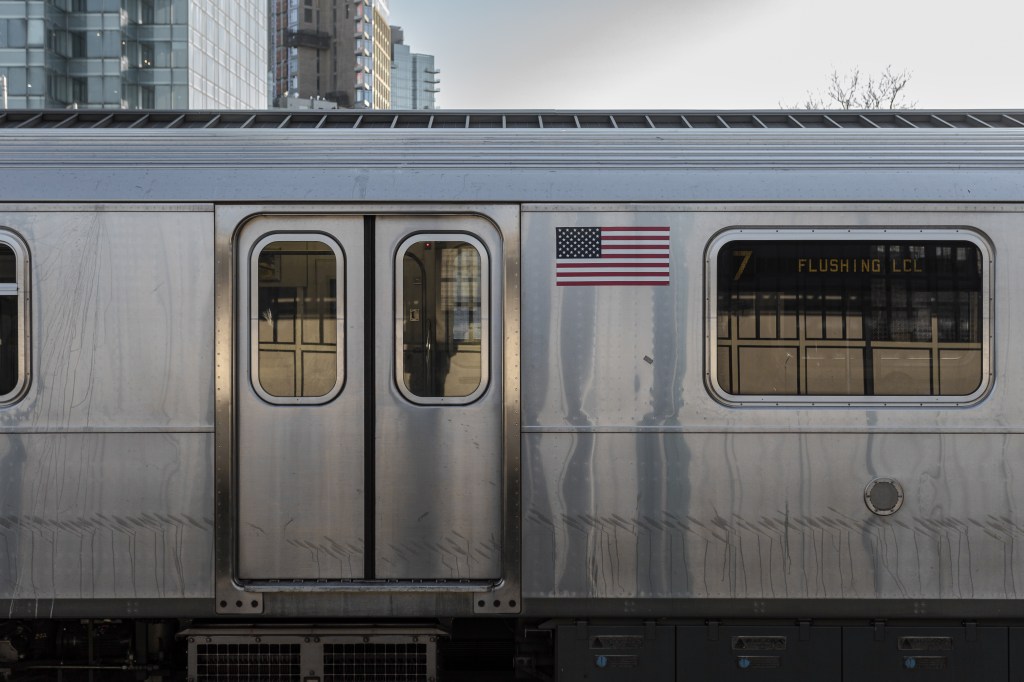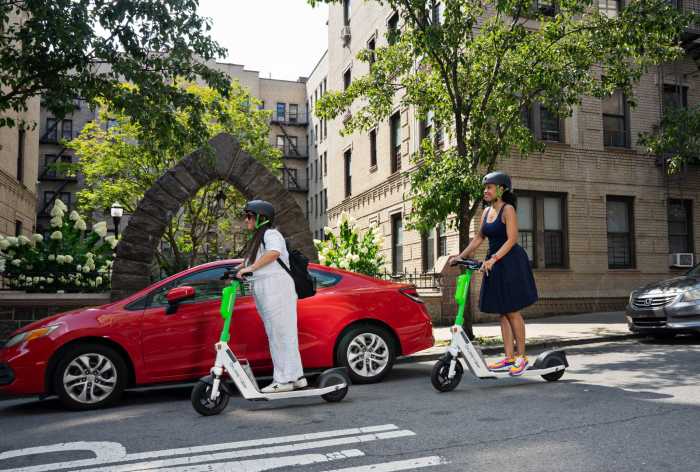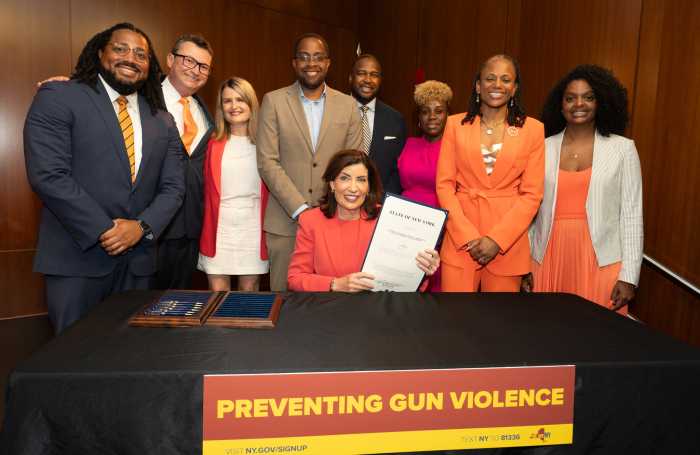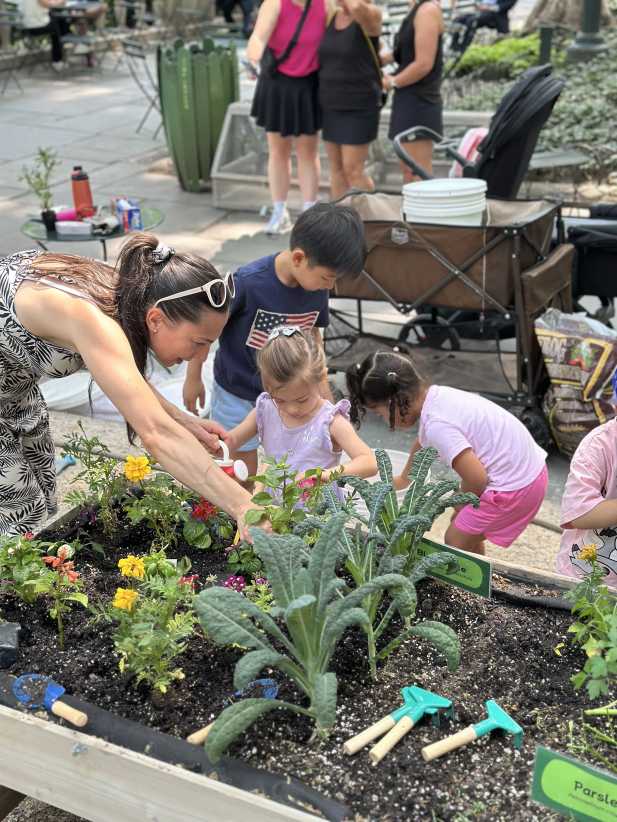By Sadef Ali Kully
After 11 p.m. at the Sutphin Boulevard transit hub, which connects to the subway, LIRR and the Airtrain in Jamaica, dozens of green and livery cabs line up waiting for customers coming up from the staircase only to watch them jump into Uber cars.
Mohammad Hussain, who has driven a green cab part time for more than a year in Queens, said, “Customers go mostly to Long Island, Flushing or the airport. I don’t mind going so late.”
But for Hussain, business has not been usual.
“These Uber drivers are affecting my business,” he said. “I just sit here waiting.”
After a public spat with the de Blasio administration, Uber reached an agreement July 22 with the city that it will not limit the number of their drivers until after the completion of a traffic environmental study on the company’s impact.
Uber is a mobile app which allows passengers to order and pay for car service with a smartphone. Passengers are picked up from their GPS-tracked location and at the end of the ride they are charged through the app.
In New York City, any driver, whether private or public must have a Taxi and Limousine Commission-issued license to operate any type of for-hire vehicle.
For-hire drivers operate private local car services and luxury limousine vehicles. Green taxis are able to pick up passengers anywhere in Brooklyn, the Bronx, Staten Island, northern Manhattan (north of W. 110th St. and north of E. 96th St.), and Queens (excluding airports). For the city, the iconic yellow medallion taxis are the official taxicabs, which provide transportation for passengers via street hails.
Despite the politics of the city, transit in Queens is complicated. After certain major transportation lines end such as the F train at the 179th Street stop or the E train at the Parsons Boulevard stop or the Long Island Rail Road in Little Neck, Queens residents rely heavily on buses, commuter vans, livery cabs and green cabs to get to their destination.
According to the Taxi and Limousine Commission, yellow taxi activity is centered on Manhattan, where 90.3 percent of taxi pickups occur. After Manhattan, the area with the highest percentage of pickups is at Kennedy and LaGuardia airports, both located in Queens, which together account for 3.5 percent of all pickups.
Taxi activity in the boroughs outside of the airports is scarce: in total, about 6.2 percent of all pickups occur in these areas. The borough with the largest share is Brooklyn, where 3.1 percent of all taxi pickups occur, followed by Queens with 1.5 percent, the Bronx with 0.9 percent, and Staten Island with 0.8 percent, according to the TLC.
Uber has changed the game for commuters and drivers alike.
Musa Dialo, a livery cab driver for the past 10 years, said, “Uber is everywhere. I can’t make money anymore. They are taking customers away.”
Dialo said that before he can even utter the word “taxi,” customers run up to their Uber cars waiting for them while he watches as they drive away.
“I am just watching,” he said.
In Queens, there are currently about 8,000 Uber driver-partners who call Queens home out of 26,000 in total, according to the $50 billion technology company. And Uber said it plans to add an additional 4,000 jobs this year alone.
Uber said it makes almost 600,000 trips through Queens on a monthly basis but did not respond to specific questions on the breakdown of those trips or the start and end points in Queens.
According to a recent New York Times article, based on city data it requisitioned from Uber, the app service made an estimated 76,000 city pickups daily in April. About 63,000 were in central Manhattan from the city’s airports and the richest part of Brooklyn. Fewer than 1,200 were made in the Bronx; only 37 were on Staten Island.
According to 2014 TLC data, an average of 485,000 yellow taxi trips are made daily across the city.
Over 40 percent of yellow taxi drivers are Queens residents. After Queens, Brooklyn has the second largest percentage of yellow taxi drivers, according to the city’s Taxi and Limousine Commission 2014 statistics.
Across the city, there are an estimated 13,000 yellow taxis, an estimated 6,000 green cabs and an estimated 25,500 livery and commuter vans, according to the city’s Taxi and Limousine Commission latest numbers. The different categories were not broken down by borough.
But these numbers have no effect on Dialo except that he knows he is losing business.
“I used to make $1,000 weekly,” he said. “Now I am bringing home $600.”
When asked why he does not become an Uber driver, Diallo replied, “I don’t want to pay Uber . If I have to pay fees, I want to pay the city because it will benefit me – not some rich company.”
Reach Reporter Sadef Ali Kully by e-mail at skull

